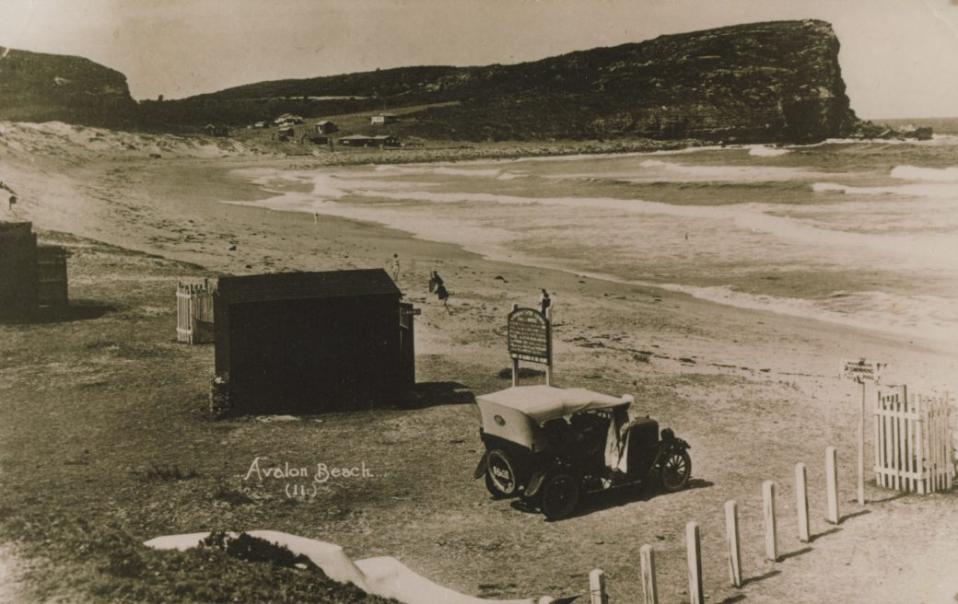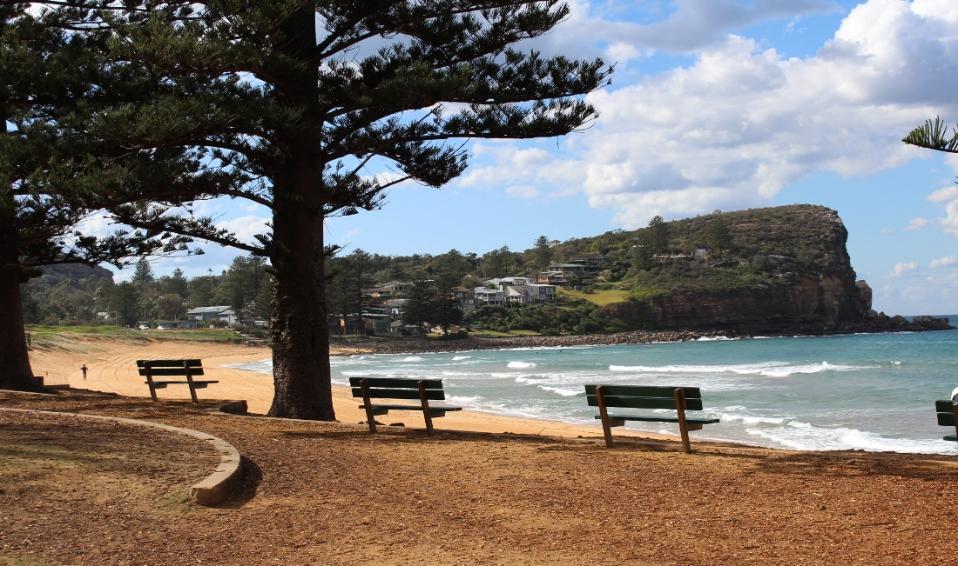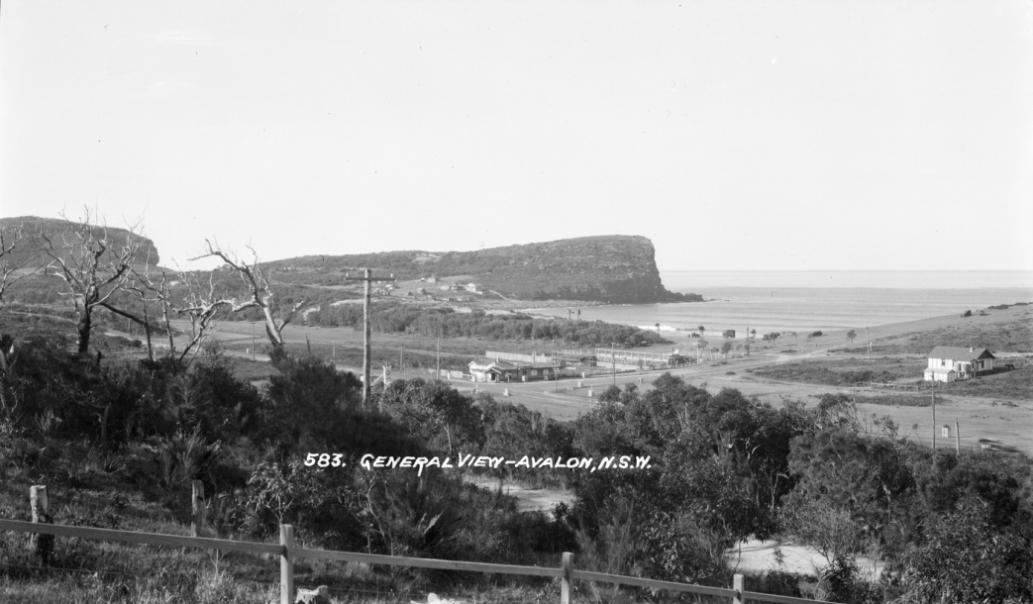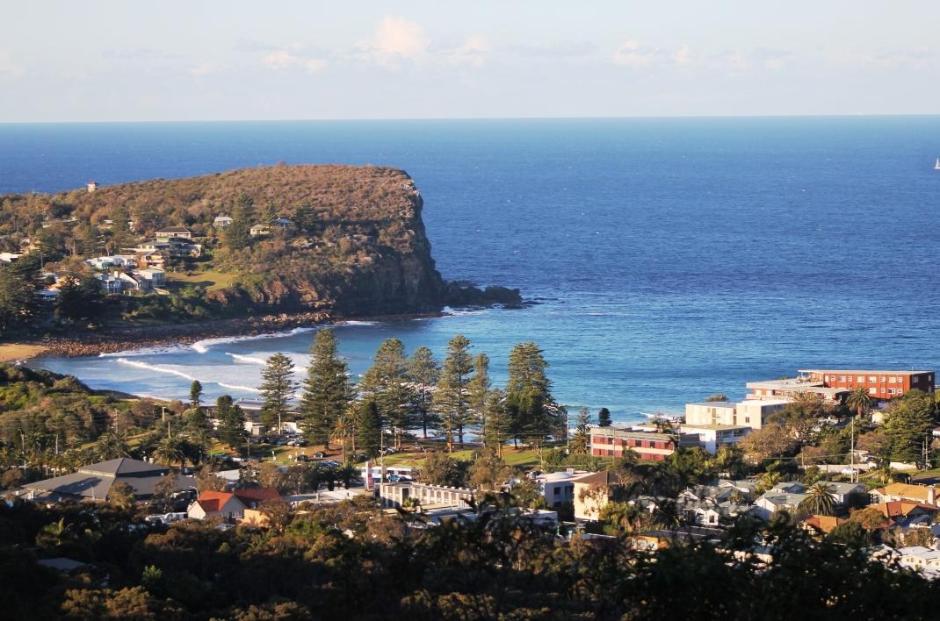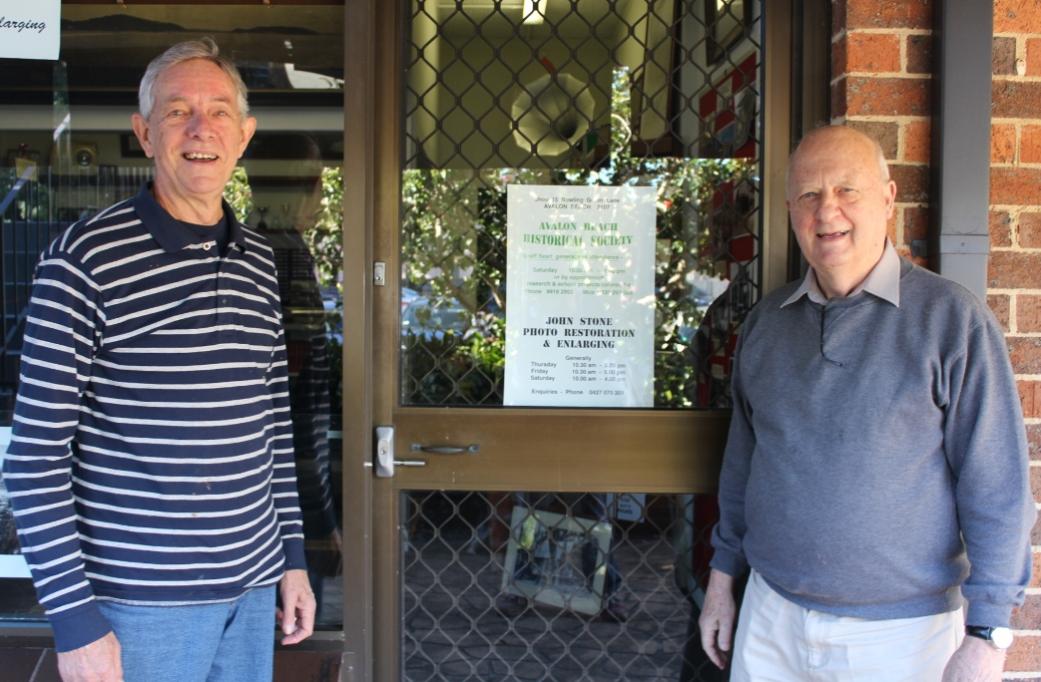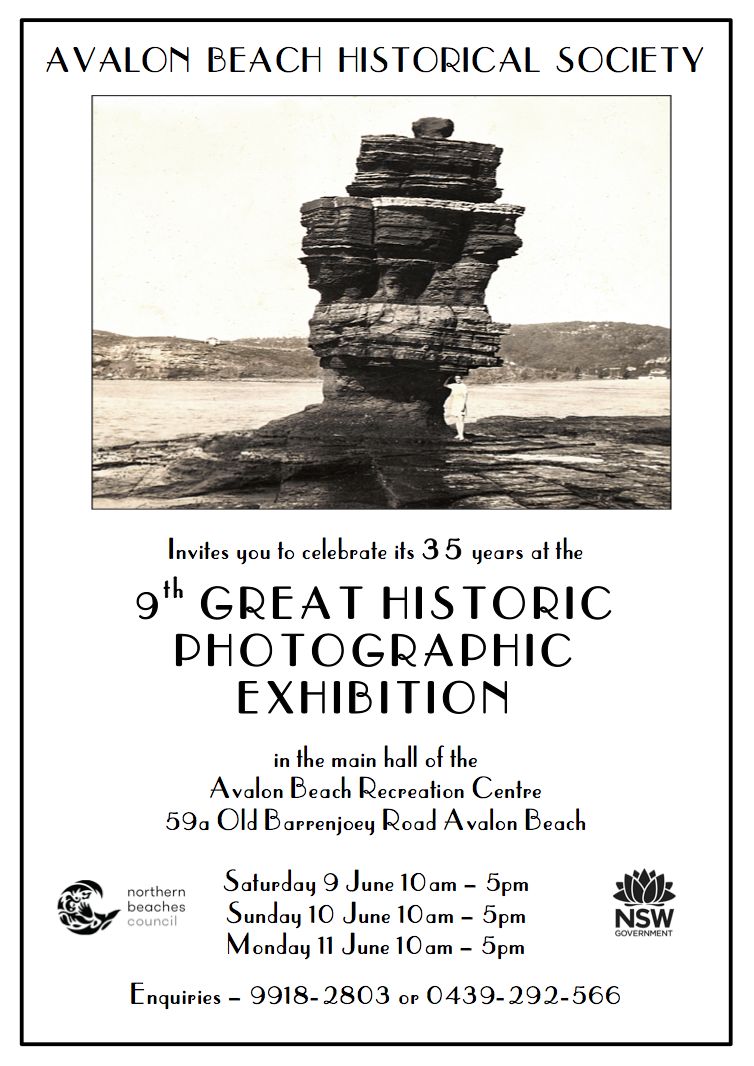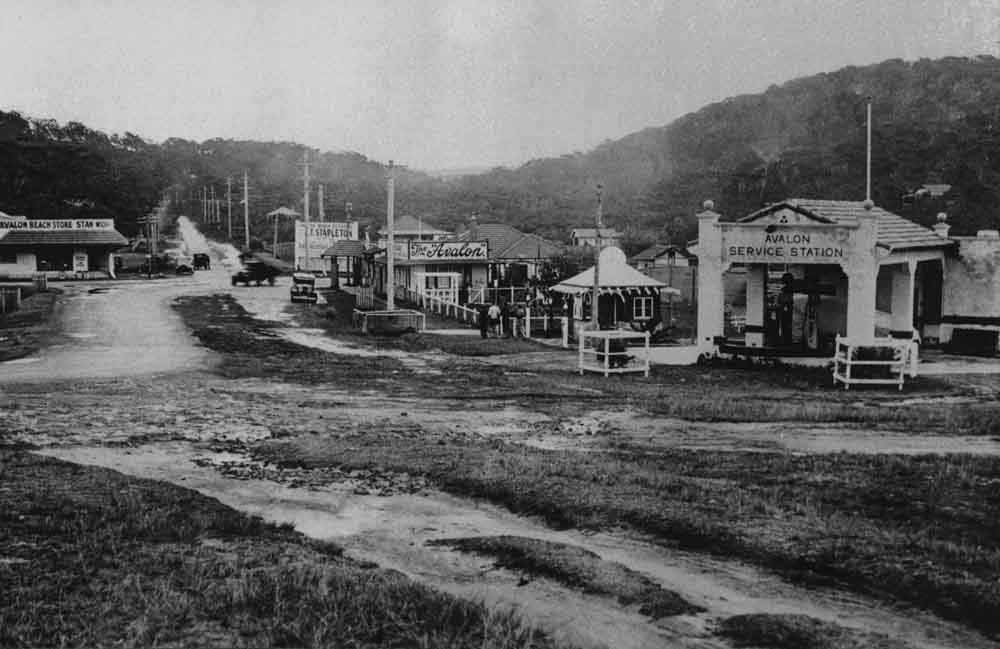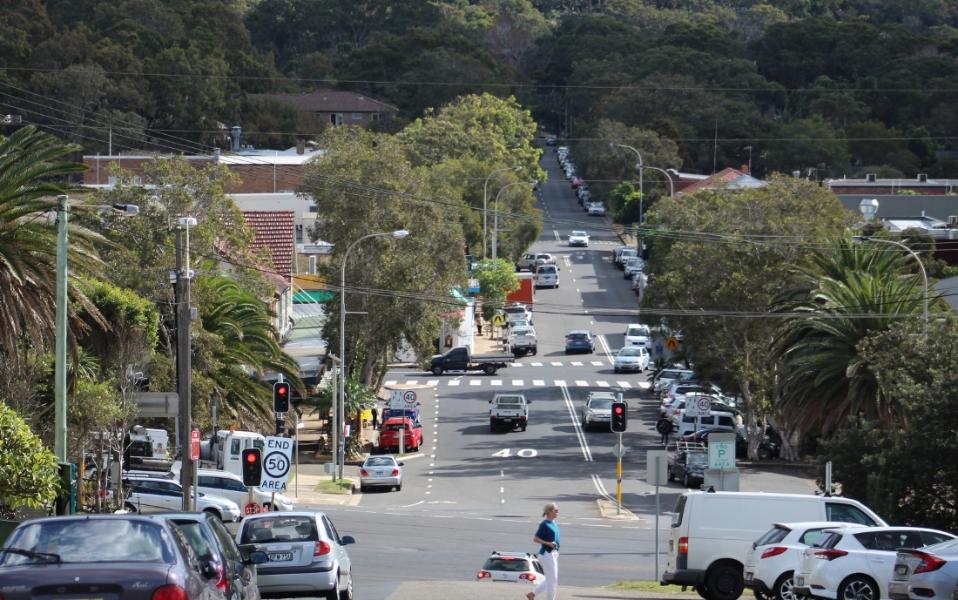Avalon Beach Historical Society
Local history is the study of history in a local context, often concentrating on events that affected a local community, the people or places of a particular village or town. These events could be anything from movements, wars, births, or deaths. They can be events that affected our local environment, anything from a particular hot Summer that resulted in bushfires to the loss of a species, like that of the koala that once inhabited Avalon Beach bush surrounds.
As we learn about people or places that were important years ago we realise that those residents reared children, worked hard to make a living, immigrated to an unfamiliar place, or had an entrepreneurial spirit that they used to build a business. As we learn about these shared experiences, one can often visit preserved historic landmarks within these spaces and even stand where they stood, in the same season, and feel over our face a breeze alike that which they felt over their face.
What we record today also becomes part of the archival records and allows us insight into what has changed, for example:
These preserved landmarks serve as sources for first-hand accounts of the people who experienced life in the community decades or centuries earlier and make more immediate their experiences and through this help us understand that the past is linked to today, to this moment, even if we can only trace mere threads. This is known as a shared experience and something which is perpetuated over and over through succeeding generations.
Local history museums hold records of families and people who settled here years ago. These records also depict personal letters, papers, and photographs of families, business, and events that shaped the city’s history. These records show us, personally and accurately, about how people lived live decades or centuries earlier. Museum exhibits show us these records and help visitors cultivate empathy – a deeper understanding of the circumstances and concepts or societal influences surrounding an event or life in a certain time period.
Local history comes alive through historical societies. When a guest is able to read, visit a historic place, look at an artifact, appreciate images or study real documents, we create learned connections. The information and objects found in museums offers supplemental information not found in classrooms and may also include object-based learning that includes touchable glimpses into the past beyond that a textbook offers.
These societies are the memory bank of the communities they are invested in - their worth is inestimable and transcends the monetary value some may place in reselling images of places past which, through their landscape, may be recognised as places still present, although much changed. Our History enriches our Present and allows us to formulate and express what we'd like in our Future.
A people without the knowledge of their past history, origin and culture is like a tree without roots.
Marcus Garvey
When did the Avalon Beach Historical Society (ABHS) commence?
The Avalon Beach Historical Society (ABHS) was formed in September 1983. The first meeting was held in the dining room of the Avalon Beach RSL. It was formed when a friend of mine, Nick Manfield and myself (Geoff Searl) were concerned that there was little to no work being done to collect the history of the far northern beaches, especially Avalon Beach where we both lived. We placed a few A4 notices of intent around the village and 19 interested locals rolled up, including both Geoff’s parents, Ron and Gwen Searl.
Some members of the Manly Warringah and Pittwater Historical Society (MWPHS) got word of our intent and sent a letter to us. They claimed they already had this area covered and that maybe we should be called the Avalon Beach Chapter of the MWPHS.
We had big ambitions and declined the offer, thinking ‘we could go it alone’. These days we have great relations with the MWPHS, especially their current president Richard Michell and past office bearers as well.
While we cover mostly the 2017 postcode area, we do step outside it frequently because of the inter-relatedness of the surrounding areas.
Why did ABHS begin?
The society’s aims and objectives have never wavered from day 1 - to collect the local history of our area in the pictorial, literary and oral history form and as it is collated, to make it available to our community and members of the community. We would be pleased if it also helped to foster an appreciation for the fabulous area in which we live and the community spirit which has been sustained as the area grows.
What sort of work/s is the Society Involved in?
We are about to display over 1000 photos from our archives to illustrate the history of the northern beaches. It will be called our ‘9th Great Historic Photographic Exhibition’ and will be held in the main hall of the Avalon Recreation Centre over the June long weekend.
Besides our exhibitions, Geoff has visited local schools on many occasions to talk to the students and talked to several other historical societies including the parent body, the Royal Australian Historical Society (RAHS). These talks are always enhanced using photographic projection of images digitally.
The Society has given many lectures to many community groups, including some out-of-area talks to groups such as our parent body, the Royal Australian Historical Society (RAHS), at ‘History House’ in Macquarie Street. We have been affiliated with the RAHS since our inception in 1983.
Talks are usually accompanied by pictorial presentations from the Society’s huge collection to enhance the spoken word and illustrate the ‘before and after’ of a particular townscape or landscape.
General View, Avalon, from Samuel Wood - postcard photonegatives of Avalon, Bilgola and Newport, ca. 1928, Image No: a1470004, courtesy Mitchell Library, State Library of New South Wales.
General View, 2015. A J G Photo.
The Society has conducted tours to historic homes throughout the area and guided walking tours around Avalon Beach. Members were also witness, from the observation deck, to one of the last firings of a torpedo from the original torpedo base at Clareville in 1983 before it was demolished to make way for the present naval diving school.
Currently the ABHS is converting their large collection of oral history audio tapes, recorded over the last 35 years, into the digital format, which will increase their accessibility.
The ABHS also has an office for students to access works/conduct research - where is this and what are the hours?
The ABHS has been very fortunate to have been given space in an office at 15 Bowling Green Lane and from here we are able to assist students, including tertiary students, with local history assignments. Residents also seek information concerning the history of their or other properties in the area.
John Stone, who ran the photographic and record centre in Avalon Beach from 1965 to 2000 has for 4 years been restoring photographs for residents from his office in Bowling Green Lane. It is here that John generously provided space from where the ABHS could conduct business. John was made the inaugural life member of the ABHS in 2001 for his photographic services provided to the Society over many years.
The Society provides displays of early photographs in the office, including some remarkable and original panoramas from the 1920 and 30s. They also have a display board which is changed regularly to feature the many different aspects and topics of local history in their collection. We are slowly building up a collection of appropriate memorabilia and are happy to accept relevant pieces. From time to time visits to properties and guided tours are conducted.
While the office is open Thursday, Friday and Saturday, Geoff is available there on Saturdays only. He has met some students ‘out of hours’ when an assignment or request for help was urgent.
The Society has a website which is mainly pictorial (and great for students project support photographically).
Geoff Searl and John Stone at entrance to John Stone Photographic services business where ABHS office also is.
If people have items/photographs of significance to the area, can they donate these to the ABHS? and if so - how do they do that?
Some photographs are given to the society but many are simply loaned to the Society for as long as it takes to scan an original and then it is returned to its owner. Prints are then made for both research and exhibition.
Who is the Patron?
Jim Macken is the Patron of the Society and President of the Coasters Retreat Historical Society on the western foreshores of Pittwater. Jim has in his own right, written and published 8 books about the history of Pittwater, its early residents and surrounding areas.
When and where are ABHS Meetings for Members held?
The Society holds 4 meetings a year with the September meeting being the AGM. Meetings are always of interest with either a guest speaker or photographic show focussing on a particular area of research and interest.
Meetings are always held in the Avalon Beach Bowling Club in Bowling Green Lane, warm in winter and cool in summer!
Member's of the ABHS, including President GS, conduct and publish Historical Records pertaining to the area - please share some examples of these and how long these research studies take?
The website also provides access to several videos which the ABHS has produced. The 37 minute documentary on the early history of Barranjoey Headland and the Stewart Towers, which took over 2 years to complete, is featured there.
Geoff and member Roger Sayers, had a slightly controversial research document on Governor Phillip’s first venture into Pittwater, published in the ‘History’ magazine of the RAHS as well as in Pittwater Online News, which brought some very favourable comments.
Retracing Governor Phillip's Footsteps Around Pittwater: The Mystery Of The Cove On The East Side by Roger Sayers and Geoff Searl
Retracing Governor Phillip's Footsteps Around Pittwater: 2018 Edit -The Mystery Of The Cove On The East Side by Geoff Searl and Roger Sayers - This coming week marks the 230th anniversary of Governor Phillip sailing past Avalon and Palm Beach on 2 March 1788 and entering Pittwater for the first time on 5 March 1788. This Issue a revised version of the earlier story in Pittwater Online News ...includes a map showing Geoff Searl and Roger Sayers assessment of his most likely routes in out and around Pittwater on 5, 6, 7, 8 and 9 March 1788. When you're out and about on Pittwater this week - have a look around and think about what occurred here 230 years ago this week!
Research and investigation into further examples of Aboriginal occupation of the area is ongoing and will be made available when completed.
Why is it important to have a local Historical society?
Although by some historical standards the Society is a mere youngster, in its 33 years it has accomplished a great deal and has a right to be proud of its achievements.
The Society has also conducted over the years 8 enthusiastically attended historic photographic exhibitions which have usually been held in the original Community Centre and lately in the Avalon Recreation Centre.
The 9th ABHS Historical exhibition will run over the June long Weekend.
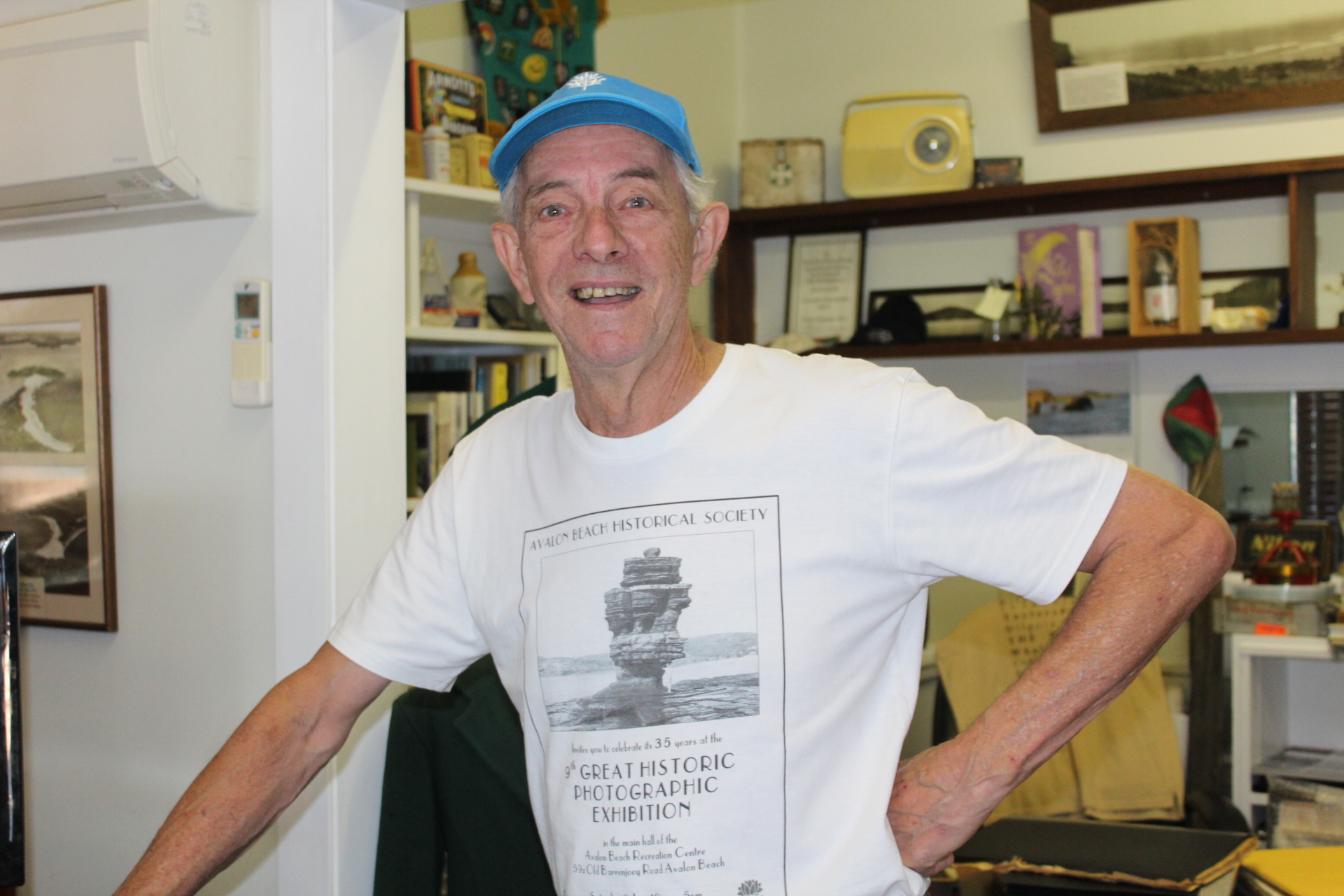
Geoff Searl OAM, President of the Avalon Beach Historical Society. Photo: A J Guesdon.
